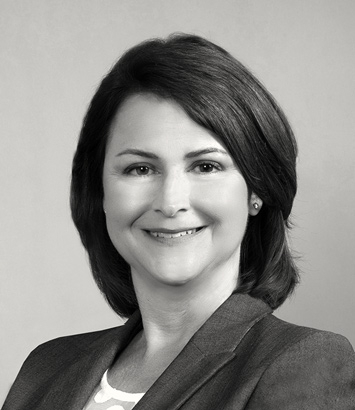OIG Revises and Renames its Provider Self-Disclosure Protocol
November 10, 2021 – Articles
On Nov. 8, 2021, the U.S. Department of Health & Human Services Office of the Inspector General (OIG) updated and renamed its Provider Self-Disclosure Protocol. Now called the Health Care Fraud Self-Disclosure Protocol (SDP), the OIG’s revisions are the first changes to the SDP since 2013. We report on the key elements of these changes below.
The SDP can be used by health care providers, entities and people subject to Civil Monetary Penalties to voluntarily report and resolve self-discovered noncompliance or potential fraud involving federal health care programs. Between 1998 and 2020, the SDP has been used to resolve more than 2,200 disclosures resulting in recoveries of more than $870 million to federal health care programs. Between 2016 and 2020, 330 SDP cases were resolved and the parties were released from permissive Medicare exclusion without requiring integrity measures.
In addition to renaming the SDP, key changes include:
- Increased minimum settlement amounts required to use the SDP to new statutory minimum penalty amounts. For kickback matters, the minimum settlement amount is now $100,000. For all other matters, the minimum settlement amount is increased to $20,000.
- All SDP submissions must be made through the OIG’s website. Mailed submissions are no longer permitted.
- Clarified that HHS contractor and HHS grant recipients should not use the SDP to voluntarily disclose violations of federal law.
- Clarified that parties under a Corporate Integrity Agreement may disclose reportable events (as defined in a CIA) using the SDP and specified that the disclosing party must reference the CIA and send a copy of the SDP disclosure to its monitor.
- Clarified that the Department of Justice has the authority to settle SDP cases consistent with the False Claims Act, particularly when criminal conduct is disclosed.
- Clarified that submissions must include estimates of damages for each affected federal health care program and total damages for all affected federal health care programs.
The OIG did not make any revisions to SDP timelines, content requirements, calculation of damages or benefits of submitting SDP (e.g., lower multipliers and exclusion release).
The revised SDP is available here. For further information, contact your Dinsmore health care attorney.

